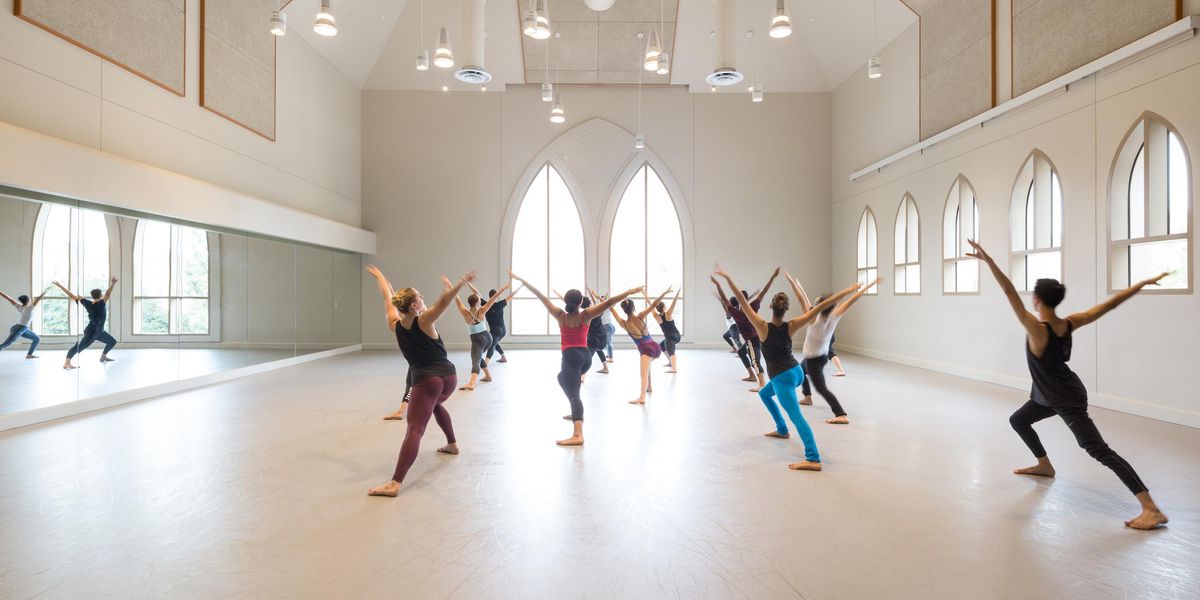What Does it Take to Be in Fuerza Bruta WAYRA?
Some of the most coveted dance jobs these days ask for a lot more than dancing. Take a show like Fuerza Bruta, which recently relaunched a new edition subtitled WAYRA this summer. The dancers are asked to run up walls, fly over the audience on a harness, swim in a see-through pool. What does it take to be in a show like that? Michele Jongeneel, who has performed in the original and new productions in both New York and Buenos Aires since 2012, gave us the scoop.
What did your audition include?
It was pretty crazy. The first day we learned a short little dance. Then, after a cut, we ran to the back of the theater as fast as we could, touched the floor and came back—20 times! Then we had to do 20 push ups and get up and scream and say something. The next callback was running on a treadmill in a harness really fast while they watched how we ran and breathed. We had to jump onto a crash pad, we did some sideways aerial running on walls, then we went in the pool so they could see how we moved in the water and looked down through the Mylar.
What was your background at that point?
I got my BFA in dance from Cal State Long Beach, then performed as a freelance modern/contemporary dancer in New York with Stephen Petronio, Jody Oberfelder, Oliver Steele and other choreographers. I never imagined I had potential to explore theater in other ways.
What’s the most challenging part of this show?
Most of it’s on a performance level—we are taught to just be ourselves, to connect with the audience, be real and not “perform” but express how we feel in that moment. I always have to keep checking in on that. Sometimes dancers like to plan out how they’re going to do everything, but in Fuerza Bruta, whatever happens, happens in the moment. It’s the first time I’ve ever performed in that way.
How does this compare to your modern dance jobs?
Usually, I’d rehearse for a long time and then perform for a week. Here, you just get thrown in right away—performing is where you learn everything. Everyday it’s like daily meditation: We go over notes, do the show, bond with everybody and go home. I like the consistency.
Do you have a favorite section?
We all rotate every part. We find out at the meeting before each show who’s doing what that night. We keep switching it up; it keeps things fresh.
What advice do you have for dancers interested in performing in
Fuerza Bruta?
In the audition, be truthful in your choices. Be raw. Physically, it’s just a street dance from Argentina—anyone can do it. It’s not about being a perfect dancer, but about really moving. You have to have power and force, and be able to run and have a strong upper body, and trust your physicality and who you are. Go for everything and don’t hold back.





